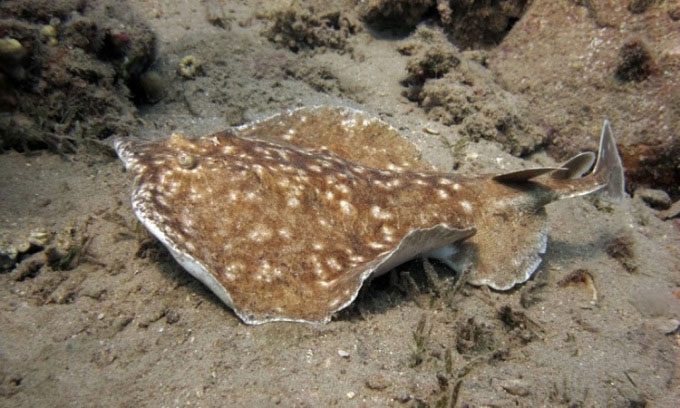Researchers have designed the strongest nano-generator to date, capable of producing a voltage of 3,000 volts, inspired by the way electric rays discharge electricity for self-defense.

Nano-generator inspired by electric rays. (Photo: iStock)
One discharge from this tiny device, inspired by electric rays, can illuminate over 1,260 LED bulbs, according to a report published in the journal Energy & Environmental Science, as reported by the South China Morning Post on February 23. The previous record set by a nano-generator was 237 volts. The research was conducted by Song Qunliang at the Clean Energy and Advanced Materials Institute of Southwest University and Guo Hengyu from the Power Transmission Equipment Laboratory, System Security, and New Technology at Chongqing University.
Nano-generators are small electronic chips that convert mechanical signals, such as slight physical movements or falling raindrops, into electricity. Essentially, they rely on the electrochemical interaction between liquids and solids, a natural phenomenon that generates static electricity and lightning. Conventional nano-generators utilize displacement current, a phenomenon associated with the formation of magnetic fields by fluctuating electric fields over time to produce alternating current (AC). The research team’s Triboelectric Nano-Generator (TC-TENG) employs both displacement current and induction current, significantly enhancing the energy harvested.
According to Song, the design of the TC-TENG is inspired by how electric rays use electricity as a weapon to incapacitate and kill other marine creatures without harming themselves. “Each tiny droplet in the TC-TENG corresponds to a cell in the electricity-producing organ of the electric ray. The energy produced by a single cell is relatively low, insufficient for the electric ray to incapacitate prey or defend itself. However, when over 1,000 units generating electricity combine into a cylindrical system, and then the stored electricity in the system is released simultaneously through neuron control, the resulting electric flow is substantial,” Song explained.
The research team has created a shuttle structure to transport the tiny droplets between the electrodes of the device, continuously providing positive and negative charges through fluid dynamics until the voltage reaches a threshold. A controller similar to a neuron stimulates the discharge process, akin to the nervous system of the electric ray. When the voltage in the TC-TENG decreases, the controller shuts off, initiating a new cycle of energy accumulation and discharge. The bio-inspired design integrates the production, transformation, and storage of electricity within a single device.
Since nano-generators convert mechanical signals into electricity, they can be used to detect acid and alkali leaks in chemical plants. This device can also identify liquids or be used to harvest electricity. According to Song and colleagues, the simple structure and low cost make the TC-TENG suitable for various practical applications.


















































